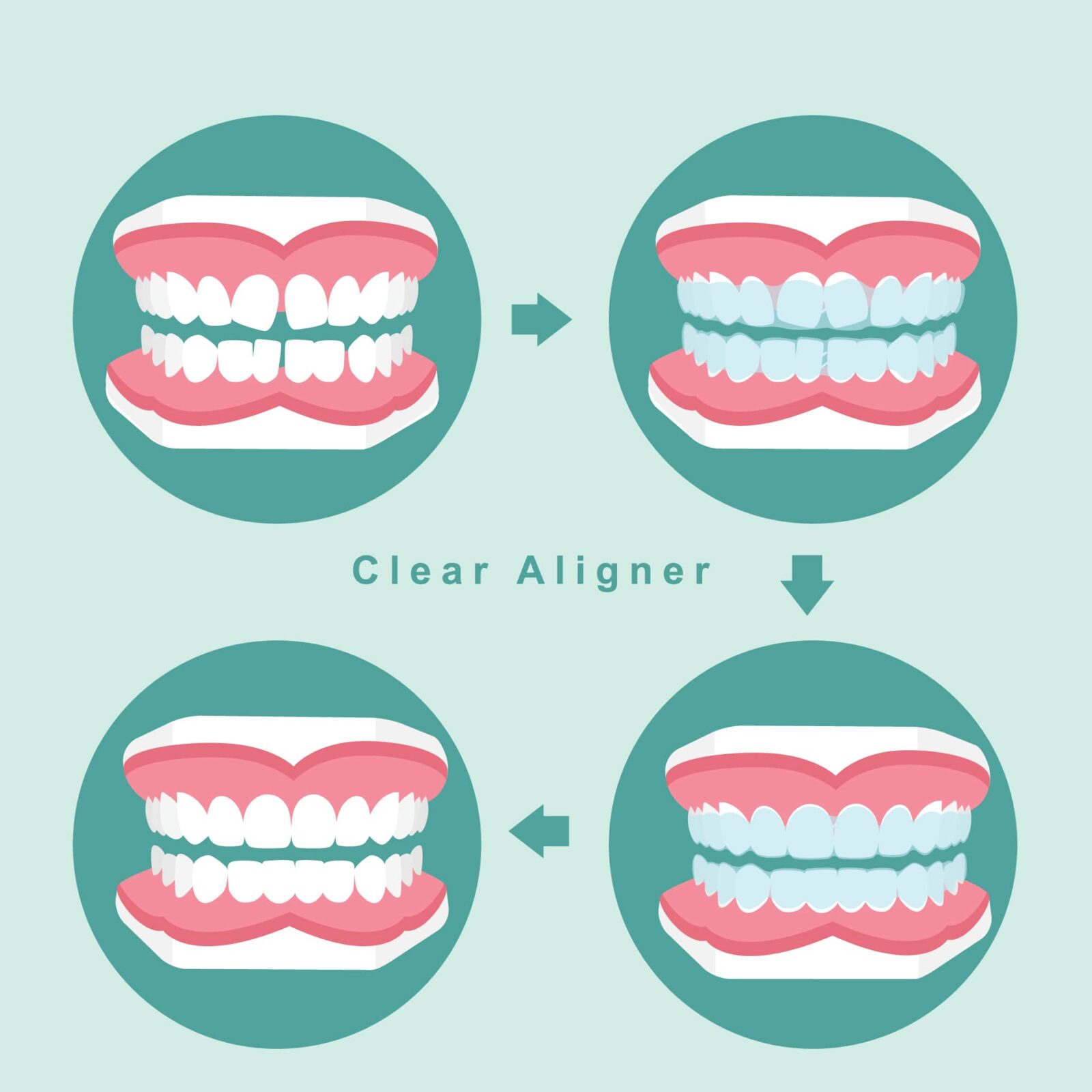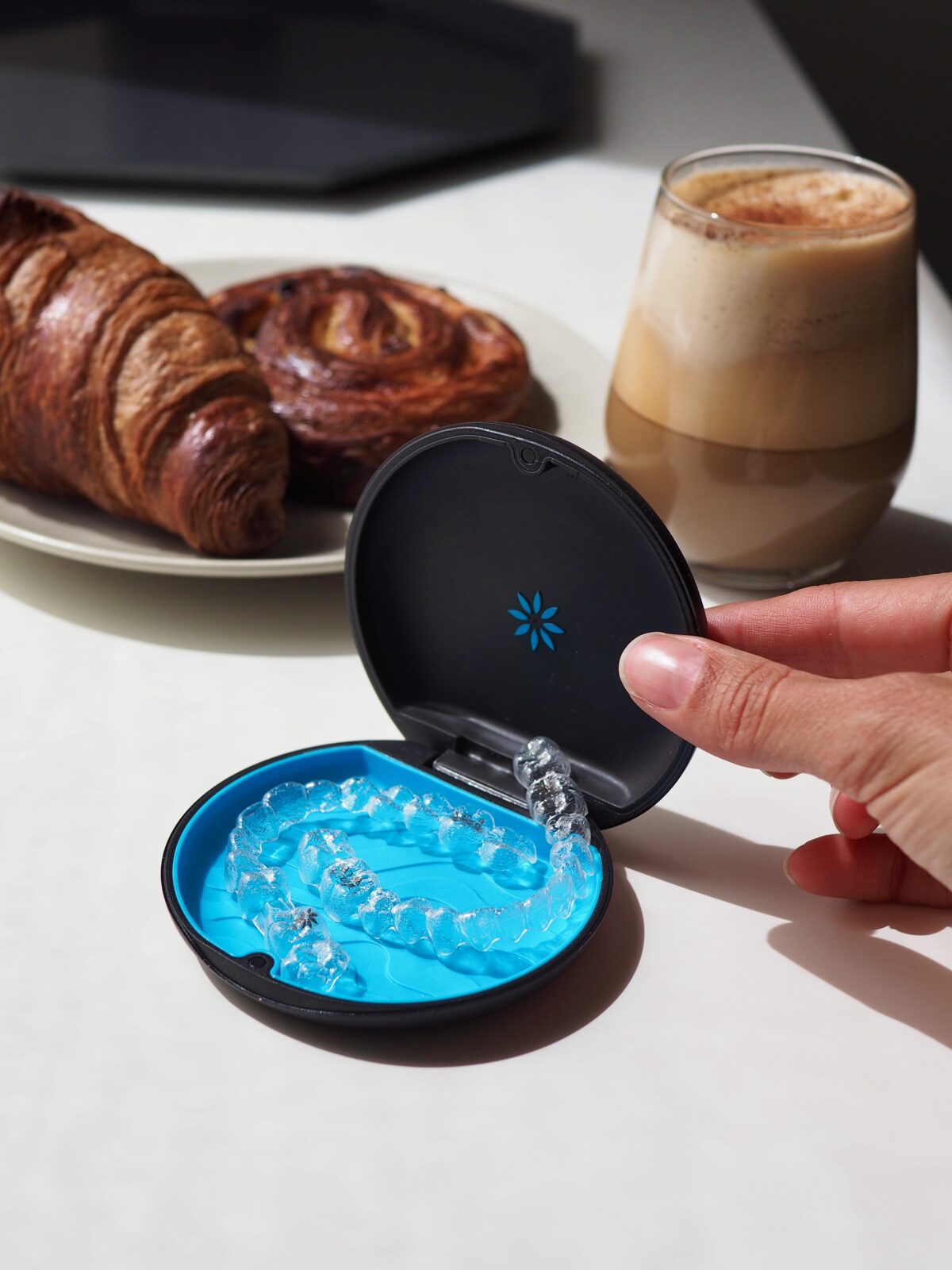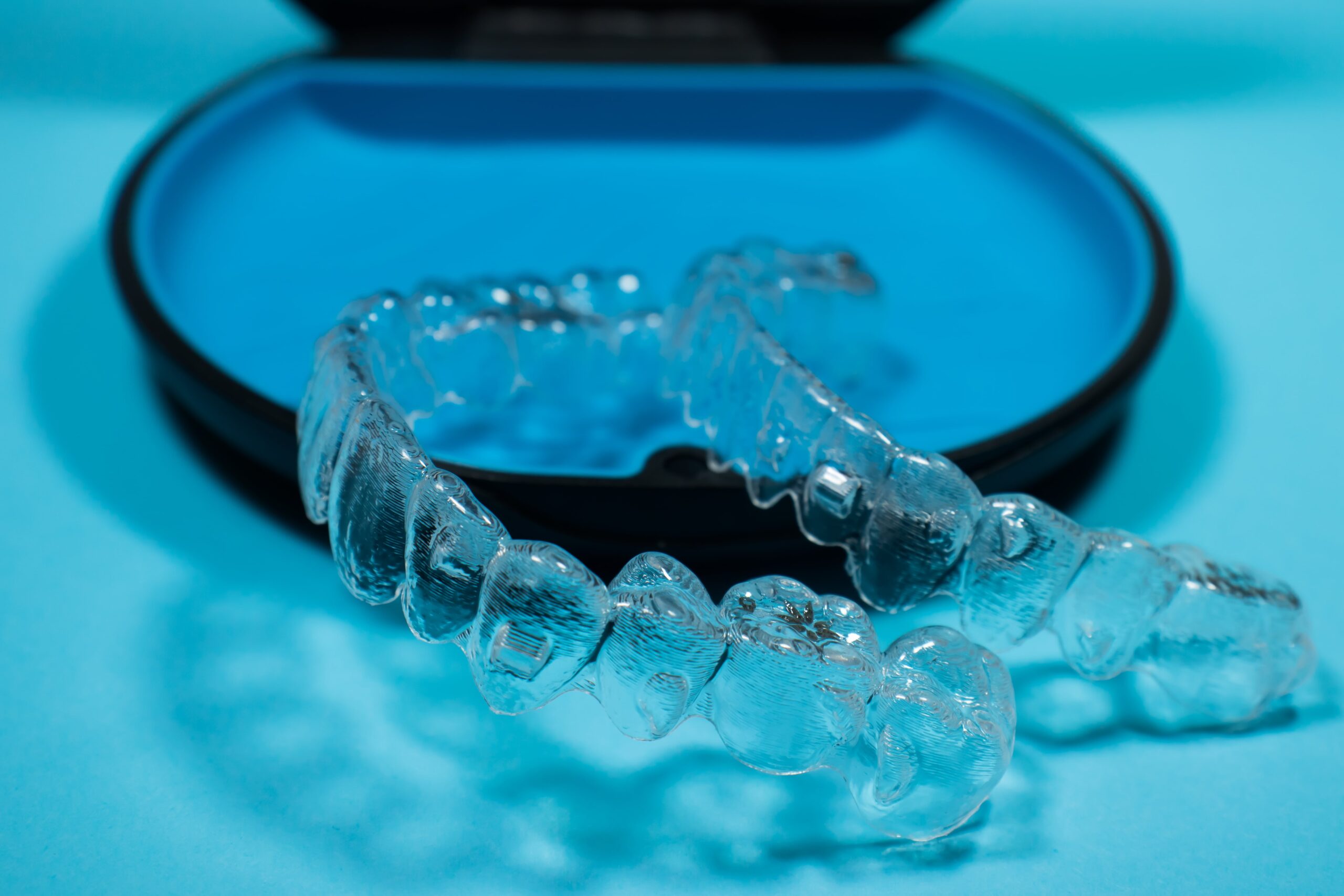Invisalign has revolutionized orthodontic treatment, providing a discreet and convenient way to align your teeth. However, the success of this treatment largely depends on how well you care for your teeth and the aligners themselves. In this blog post, we explore the comprehensive care strategies essential for Invisalign wearers. We’ll cover everything from the correct way to clean your aligners to the oral hygiene habits that will help you achieve the best possible results. Join us as we navigate the dos and don’ts of Invisalign care, ensuring your journey towards a beautiful smile is smooth and trouble-free.
Invisalign Aligners: An Overview of the Orthodontic Appliance
Invisalign aligners represent a modern approach to orthodontics, offering an aesthetic and less intrusive alternative to traditional braces. This section will delve into what Invisalign is, how it works, and its unique characteristics as an orthodontic appliance.

Invisalign is a brand of clear, removable aligners custom-made to fit snugly over the teeth. Unlike conventional braces, Invisalign does not use brackets or wires. Instead, it employs a series of clear plastic trays to gradually move the teeth into their correct positions.
How Invisalign Works:
- Customization: The process begins with a dental consultation, where 3D digital imaging technology captures the current state of your teeth. This imaging serves as the basis for creating a personalized treatment plan and a series of aligners.
- Progression Through Aligners: Patients receive a set of aligners, each to be worn for about 1-2 weeks before moving on to the next in the series. Each aligner exerts gentle pressure on specific teeth, gradually shifting them into place.
- Removability and Convenience: One of the most significant advantages of Invisalign is its removability. You can take out the aligners for eating, drinking, brushing, and flossing, making it easier to maintain oral hygiene compared to traditional braces.
Daily Oral Hygiene Considerations During Invisalign Treatment
Maintaining optimal oral hygiene is paramount during Invisalign treatment to ensure the health of your teeth and gums and the success of the orthodontic process. Unlike traditional braces, Invisalign aligners are removable, which offers a unique advantage in dental care but also requires disciplined hygiene practices.
Brushing and Flossing:
- After Each Meal: It’s essential to brush and floss after every meal and snack before reinserting the aligners to prevent trapping food and bacteria against the teeth, which can lead to decay and gum disease.
- Thorough Cleaning: Use a soft-bristled toothbrush and fluoride toothpaste to clean all surfaces of the teeth. Flossing helps remove plaque and food particles between the teeth and along the gum line, areas that the aligners may press against, potentially trapping debris.
Aligner Care:
- Regular Cleaning: Clean your aligners each time you remove them. Rinse under lukewarm water to wash away saliva and plaque. Brush them gently with a soft-bristled toothbrush and clear, mild soap or a non-abrasive toothpaste to avoid scratching the plastic.
- Avoid Heat: Keep aligners away from hot water and direct heat sources as they can warp the plastic, affecting the fit and effectiveness of the treatment.
Avoiding Stains and Odors:
- No Eating or Drinking with Aligners In: Except for drinking water, remove your aligners when consuming any other beverages or foods to prevent staining the aligners and to reduce the risk of cavities.
- Mind the Beverages: Beverages like coffee, tea, red wine, and colored sodas can stain aligners. Drinking these beverages without aligners and brushing your teeth before reinserting the aligners can help avoid staining.
Dietary Considerations During Invisalign Treatment
During Invisalign treatment, while there are fewer dietary restrictions compared to traditional braces, certain considerations can help optimize the treatment process and maintain oral health. Here are some key dietary tips for individuals undergoing Invisalign therapy:
Remove Aligners Before Eating:

Ensure you remove your aligners before eating or drinking anything other than water. This prevents damage to the aligners and avoids staining them with food or drink.
Be Mindful of Beverages:
While aligners are out, you can drink beverages that might otherwise stain the aligners, like coffee, tea, or red wine. However, remember that these drinks can still affect your teeth, potentially leading to staining and enamel erosion. It’s best to brush your teeth before reinserting your aligners after consuming these beverages.
Avoid Sugary and Acidic Foods and Drinks:
Frequent consumption of sugary and acidic foods and drinks can increase the risk of tooth decay and enamel erosion. Since aligners fit snugly against your teeth, they can trap sugar and acid, heightening the risk of decay. Try to limit the intake of such foods and beverages and brush your teeth before reinserting your aligners.
Snack Wisely:
With the need to remove aligners before eating and brush teeth before putting them back, you might find yourself reducing the frequency of snacking. This can actually benefit your oral health, as less frequent snacking reduces the risk of cavities. When you snack, opt for healthier options like vegetables, nuts, or cheese.
Stay Hydrated:
Drinking plenty of water throughout the day helps wash away food particles and bacteria, keeping your mouth clean. Water also helps prevent dry mouth, which is a common issue during orthodontic treatment and can increase the risk of tooth decay.
Maintain a Balanced Diet:
Ensure a balanced diet rich in fruits, vegetables, lean proteins, and whole grains to support overall health and provide the nutrients necessary for maintaining strong teeth and healthy gums.
Dealing with Common Invisalign Issues
As with any type of orthodontic treatment, Invisalign comes with its potential complications. Here’s a table outlining common Invisalign issues and suggested ways to address them:
| Common Invisalign Issue | How to Address It |
| Discomfort or Pain | Use over-the-counter pain relievers, apply a cold compress, or suck on ice cubes to alleviate discomfort. |
| Aligner Fit Issues | Ensure aligners are fully seated by using chewies. If issues persist, contact your orthodontist. |
| Stained Aligners | Avoid consuming staining foods and drinks while wearing aligners. Clean aligners regularly with approved cleaning solutions. |
| Lost or Broken Aligner | Immediately inform your orthodontist. Use your previous set of aligners until a replacement is provided. |
| Oral Irritation | Rinse with saltwater and ensure aligners are clean. If irritation persists, consult your orthodontist. |
| Difficulty Adapting to Speech | Practice speaking with the aligners in place. Reading aloud or singing can help adjust more quickly. |
| Buildup of Plaque or Tartar | Maintain diligent oral hygiene, including regular brushing and flossing. Consider using an antimicrobial rinse. |
| Bad Breath | Improve oral hygiene, clean aligners regularly, and stay hydrated to reduce bad breath. |
The Importance of Regular Dental Care During Invisalign Treatment
Maintaining regular dental appointments while undergoing Invisalign treatment plays a critical role in achieving a successful orthodontic outcome. These visits provide an opportunity for thorough cleaning, which is vital for preventing periodontal disease and cavities, especially in areas difficult to reach with daily brushing and flossing. Furthermore, the dentist can assess the progress of the alignment and make necessary adjustments to the Invisalign plan, ensuring the treatment remains on track. In essence, routine dental care is a cornerstone of effective Invisalign treatment, safeguarding oral health and enhancing the overall treatment experience.
Conclusion
In conclusion, the journey to a straighter smile with Invisalign demands a committed approach to oral hygiene and dental care. Proper maintenance of the aligners, combined with a disciplined oral care routine, plays a pivotal role in the success of the treatment. Regular dental appointments are essential for keeping your teeth healthy and tracking the alignment progress. By embracing these care strategies, you can enhance the Invisalign experience and look forward to the rewarding outcome of a perfect smile, underlining the importance of taking proactive steps in dental health during orthodontic treatment.




